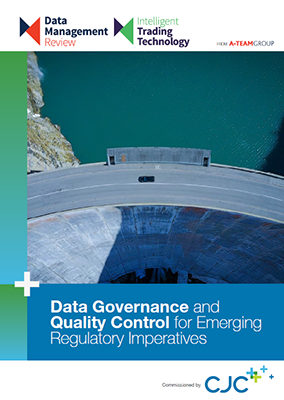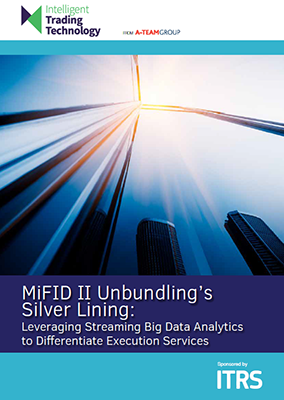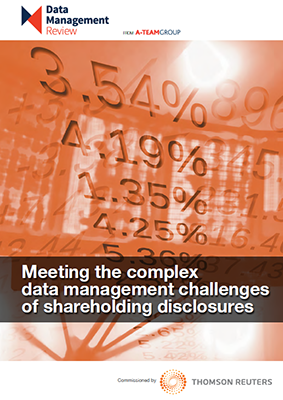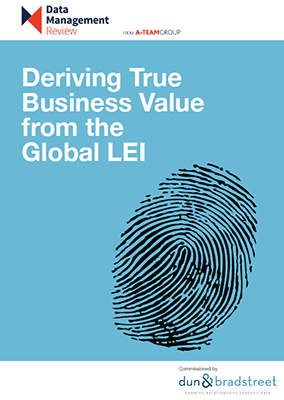RegTech Insight White Paper
Data Governance and Quality Control for Emerging Regulatory Imperatives
Impending regulations, following recent price manipulation investigations, will require trading firms to have new data governance and quality controls in place. A new benchmarking study by CJC, in association with A-Team Group, conducted amongst professionals within major Tier 1 and Tier 2 sell side institutions, explores the data governance demands posed by new and emerging...
MiFID II: Setting a Mobile Policy for Compliance and Trading Business
Markets in Financial Instruments Directive II (MiFID II) requires firms to record all trading-related electronic and voice communication. This includes recording communications made using mobile devices, whether they are firm or employee owned. The directive also extends previous requirements to record and store communications that resulted in a trade, to record and store communications that...
MiFID II: Time for Action
As the January 3, 2018 compliance deadline for Markets in Financial Instruments Directive II (MiFID II) approaches, trading businesses within the scope of the regulation must address outstanding technology issues around elements such as transparency, best execution, algorithmic trading, high frequency trading, time synchronisation and systematic internalisation. This White Paper, sponsored by Itiviti, discusses MiFID...
How to Tackle the Challenges of GDPR
Financial institutions around the world are bracing themselves for the onset of the EU’s General Data Protection Regulation (GDPR), which introduces eye-watering financial penalties for firms failing to meet stringent new rules on managing the personal data of EU residents. GDPR – which comes into effect in May 2018 – will have a major impact...
MiFID II Unbundling’s Silver Lining: Leveraging Streaming Big Data Analytics to Differentiate Execution Services
European MiFID II regulation’s unbundling of broker research from execution services raises the question of how execution service providers can differentiate what they offer once research is no longer part of their relationship with buy-side clients. Best-execution provisions and the performance of brokers’ platforms could become the primary differentiator. This raises a follow-up question –...
Preparing for MiFID II Data Requirements
Markets in Financial Instruments Directive II (MiFID II) is a wide-ranging regulation that aims to add transparency to Europe’s financial services sector in order to ensure investor protection and integrity of markets. The regulation extends the scope of MiFID, which focused on equities, to cover pre-trade, trade and post-trade activities across many asset classes. This...
Countdown To MiFID II: Best Execution, Brexit and Trading Infrastructure Best Practices
The events of 2016 have muddied the waters for financial institutions operating in Europe that need to figure out how planning for possible outcomes of Brexit will in turn affect compliance with European MiFID II regulation taking effect in January 2018. While it is widely recognised that firms will have to make major changes to...
Meeting the Complex Data Management Challenges of Shareholding Disclosures
Getting shareholder disclosure right has become a priority for financial institutions that are already required to monitor breaches of ownership thresholds that are used to protect sensitive industries, but must also comply with the EU Transparency Directive Amending Directive (TDAD). The directive came into effect in November 2015 and requires firms to analyse holdings of...
Harmonising the Approach to Regulatory Compliance
Regulatory compliance is key to financial institutions, but it can be costly and difficult to achieve in an environment where new regulations are constantly on the horizon and must be implemented efficiently and effectively. This White Paper, sponsored by Thomson Reuters and based on a survey of close to 70 senior data managers, discusses how...
Deriving True Business Value from the Global LEI
The Legal Entity Identifier (LEI) – the free-to-use entity identifier – has established itself as a viable standard for helping financial institutions identify unique business entities that are parties to financial transactions. But it’s widely accepted to have its limitations. In particular, a lack of standardization and ability to link to associated data sets is...











